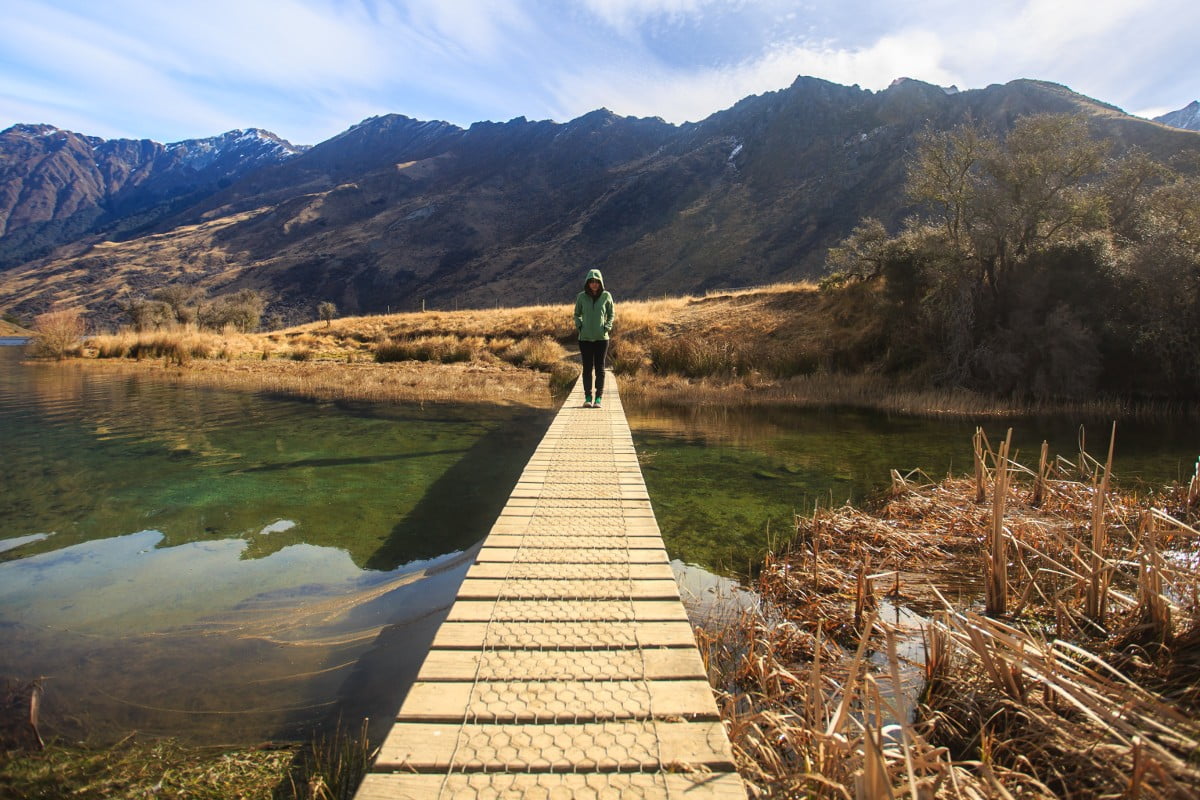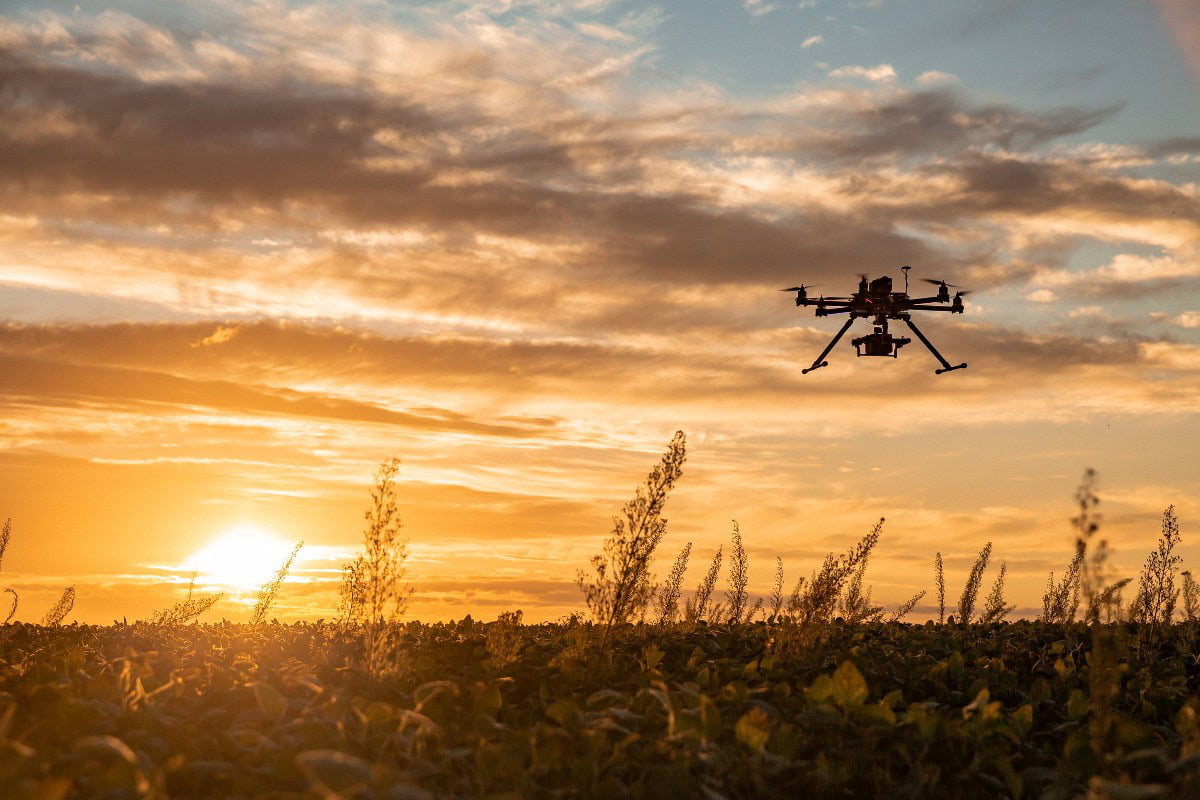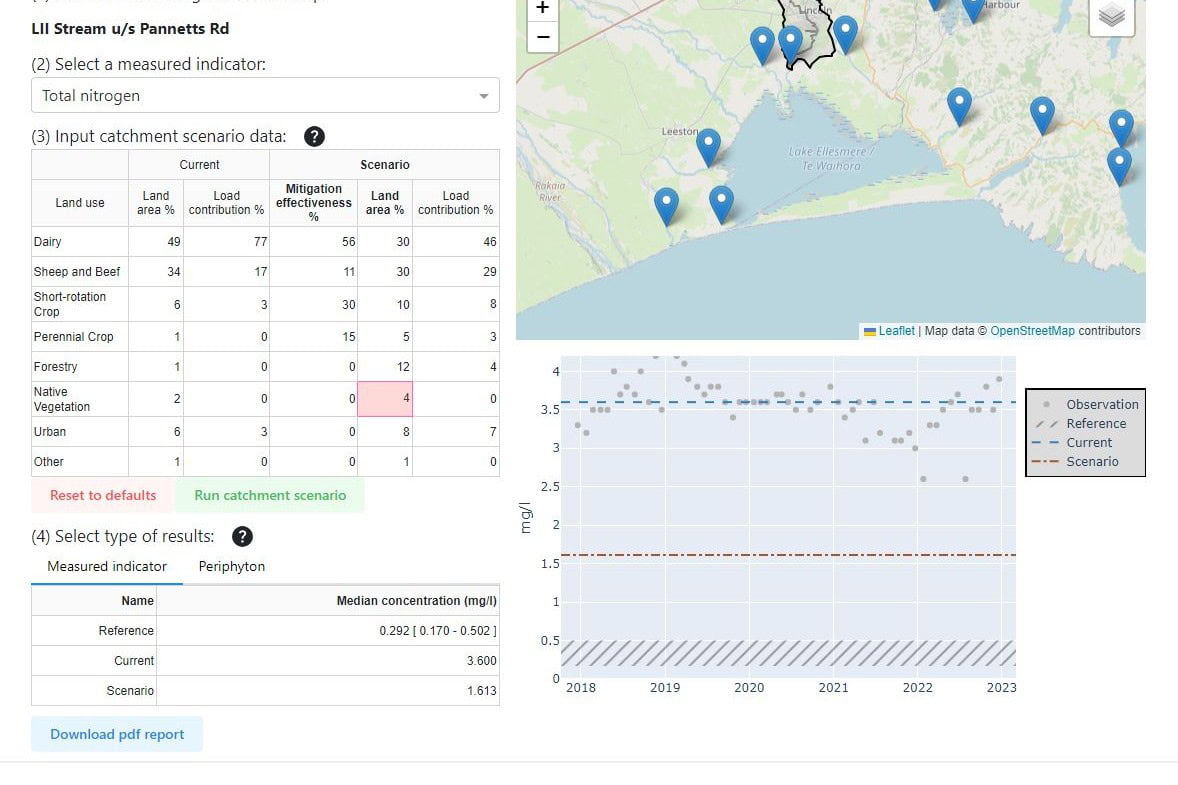August 30, 2024
Resources related to
E.coli
Charles Farmer, PIXNIO
Summer swims in a lake or river are an important part of Kiwi culture – but to be safe, the presence of E.coli (Escherichia coli) bacteria has to be minimised. These resources aim to reduce farm sources of E.coli and improve its detection.
Showing 1 - 12 of 134 results
A Source-to-sink Contaminant Risk Framework To Support Water Quality Policy Across Scales
In the wrong place, or at excessive concentrations, nutrients (nitrogen and phosphorus) and sediment become contaminants. Along with pathogens, they require reduction to improve water…
Mitigation action prioritisation & resource tool for freshwater farm plans
Freshwater farm plans will soon be compulsory for all pastoral farms larger than 20 hectares as part of the Government’s Action for Healthy Waterways reforms.…
Whole-Genome Sequencing and Virulome Analysis of Escherichia coli Isolated from New Zealand Environments of Contrasting Observed Land Use
This study takes a systematic sampling approach to assess the public health risk of Escherichia coli recovered from freshwater sites within forest and farmland. The…
Linking the uptake of best management practices on dairy farms to catchment water quality improvement over a 20-year period
Intensive land use, such as dairying, can impair water quality. Although many guidelines exist on how to mitigate the loss of dairy-associated contaminants from land…
 View Our Strategy Document 2019 – 2024
View Our Strategy Document 2019 – 2024


